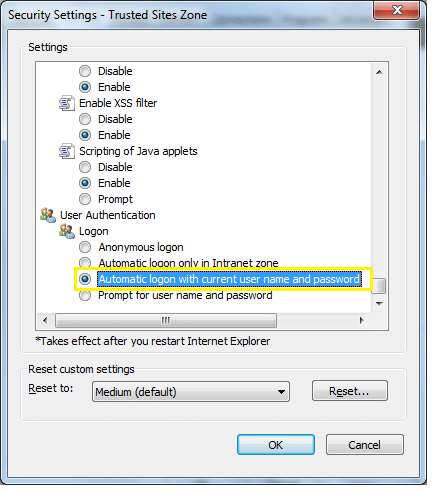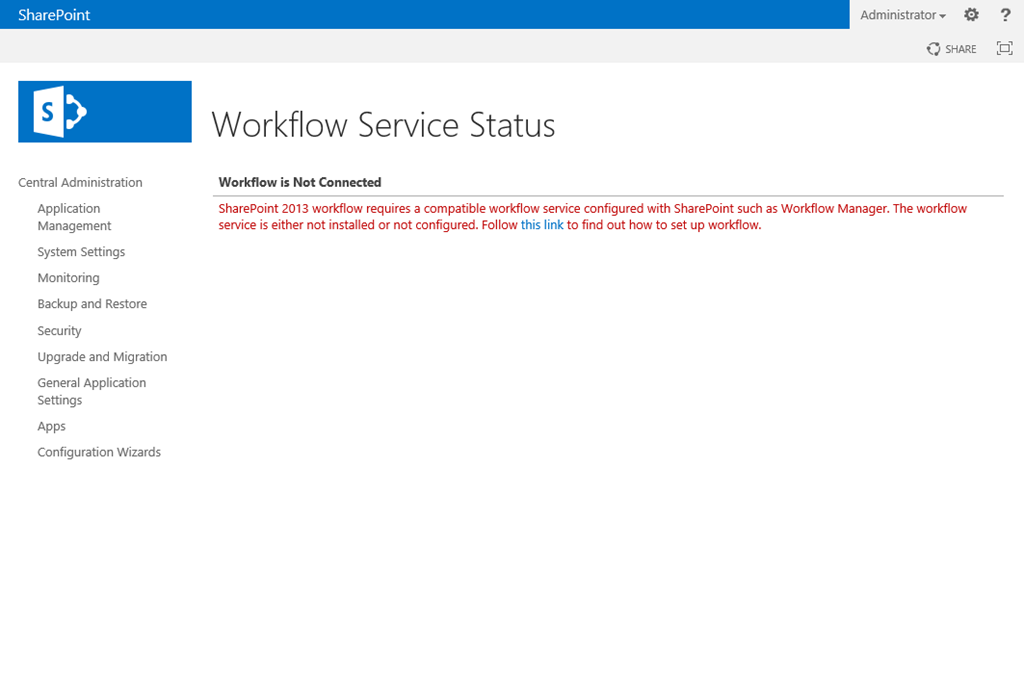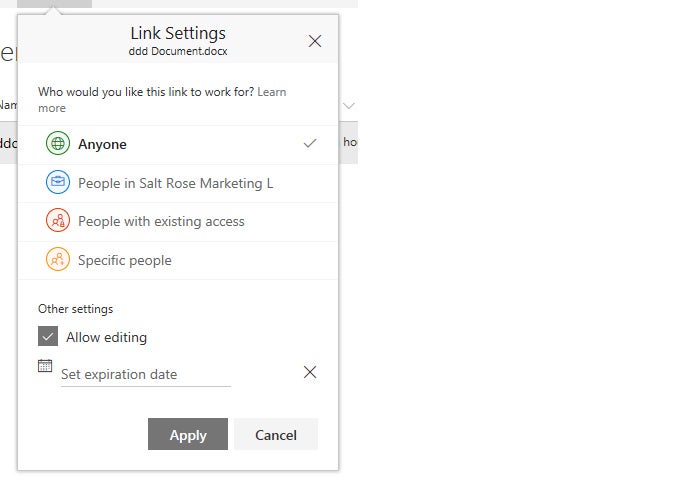

- #Sharepoint 2013 multiple login prompt for mac how to
- #Sharepoint 2013 multiple login prompt for mac install
- #Sharepoint 2013 multiple login prompt for mac update
#Sharepoint 2013 multiple login prompt for mac how to
I outlined the step-by-step instructions on how to do this in this post. This is another great option for those suffering from metadata tagging fatigue. Office Applications Document Information Panelĭid you know that you can tag your documents completely outside of SharePoint? You can tag them right inside of the Office documents (Word, Excel, PowerPoint) and once tagged – just upload back to SharePoint. This feature is available in both classical and modern libraries! I outlined this in great detail in this post. There is another way to tag many documents at once and that is via Quick Edit feature. But what if you need to tag multiple documents in the classical library? Keep reading! Option 3.

It is important to note that this option is not available with classical libraries. The way it works, you select multiple files and choose Document Information Panel, just like above, and you can then apply properties to many documents at once. What if you want to tag multiple documents at once? In modern librarieswe now have a Bulk Edit option. With SharePoint Online you can still get classic experience for a document library, but hopefully, you run a modern document library experience, so your Document Information Panel looks like this (accessible when you click “i” in the upper-right-hand-corner of a document library):
#Sharepoint 2013 multiple login prompt for mac install
In older versions of SharePoint or SharePoint 2013/2016 on premises, you get the classic library experience, so your Document Information Panel looks like this: quickly install the Backup Manager on multiple machines using a software. Your window might look different depending on what version of SharePoint you use. You upload or drag and drop a document to a SharePoint document library and then tag it along, in the Document Information Panel window.
#Sharepoint 2013 multiple login prompt for mac update
It’s good to update both of the modules regularly to get the latest changes and possible new commandlets.

The first option is the classic one and most straightforward one that you can get. To install PnP PowerShell, run this command as administrator: Install-Module SharePointPnPPowerShellOnline -AllowClobber. Option 1: SharePoint Document Information Panel Choose one that works best for you, and please tell those metadata drama queens who still complain! One of the most frequent complaints I hear about it is that (and I quote) “ It is a pain to tag documents with metadata every time they are uploaded to SharePoint.” I could not disagree more! So with this post, I would like to provide you with four convenient options to tag documents and edit document metadata in SharePoint. Click Finish.If you follow my blog, you probably know by now that I am a huge advocate of metadata. Add the SPSS Service Account user in ‘Choose Users’ and check the checkbox against the newly created permission policy. Click ‘Add User’ Select the Zone as ‘(All Zones)’ Click Next. Select the Web Application again and click ‘User Policy’. Also select the ‘Grant All’ checkbox in the ‘Permissions’ section. Provide a ‘Name’ and check the ‘Site Collection Administrator’ checkbox. Select the Web Application and click ‘Permission Policy’. Navigate to the ‘Central Administration’ ‘Manage Web Application’.Create new Web Application. Steps to add a new permission policy to the SPSS Service Account: New Permission Policy for the user on all the SharePoint Web Applications O ‘Web application pool’ permissions to user for SPSS Service Account on all SharePoint Web Applications, and Farm Administrator rights O Db_owner permissions on SharePoint configuration and all SharePoint content databases O The SPSS service should be configured to run with the SPSS Service Account. O Db_owner permissions on SharePoint Configuration and all SharePoint Admin Content databases. O Local admin rights on the SharePoint server. The installation of SPSS can be performed by the Service Account or by any other account that has the following permissions: Post creation of a domain user for the SPSS Service Account, add the permissions as specified below. Assign this new permission policy to the SPSS Service Account. Add a new ‘Permission Policy Level’ for the Web Application providing Site Collection Administrator permission along with granting all the permission policies.


 0 kommentar(er)
0 kommentar(er)
